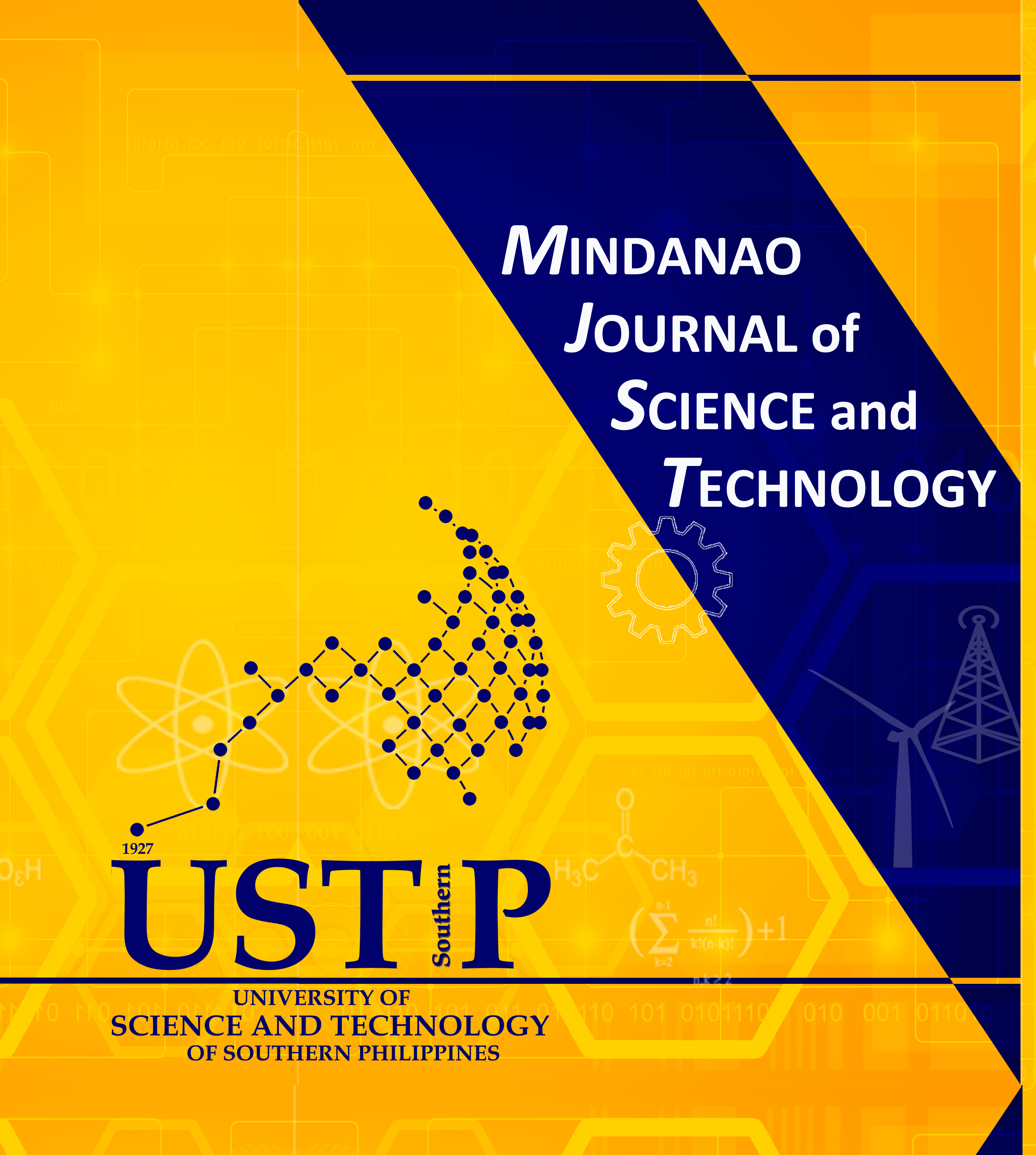Development of a Methodological Approach to Measure Impacts of Reinforcing Steel Corrosion on the Structural Performance of Mid-Rise Concrete Structures During Seismic Events: Its application to Cagayan de Oro City Museum, Philippines
DOI:
https://doi.org/10.61310/mjst.v22i2.2188Keywords:
corrosion, Fick’s second law of diffusion, fragility curves, structural integrity, structural performanceAbstract
The devastating impact of earthquakes on aging reinforced concrete structures is often exacerbated by steel reinforcement corrosion, which significantly compromises their structural integrity. Despite this, many local structural codes lack provisions to address the combined vulnerabilities posed by seismic events and environmental degradation in aging infrastructure. Thus, this study proposes a methodology to quantify the effects of steel reinforcement corrosion on the seismic performance of mid-rise concrete buildings. The approach integrates Fick’s second law of diffusion to model time-dependent corrosion and seismic fragility analysis to evaluate structural performance under varying ground motion scenarios. The methodology was validated using the Cagayan de Oro City Museum in Mindanao, Philippines. Results reveal substantial steel area loss due to corrosion, particularly in smaller-diameter reinforcements, leading to weakened structural performance. Fragility curves further demonstrate an increased probability of damage at higher ground acceleration levels, underscoring the critical role of corrosion in amplifying the vulnerability of aging buildings in seismically active regions. These findings highlight the urgent need for enhanced structural assessment frameworks that account for both corrosion-induced deterioration and seismic resilience.










